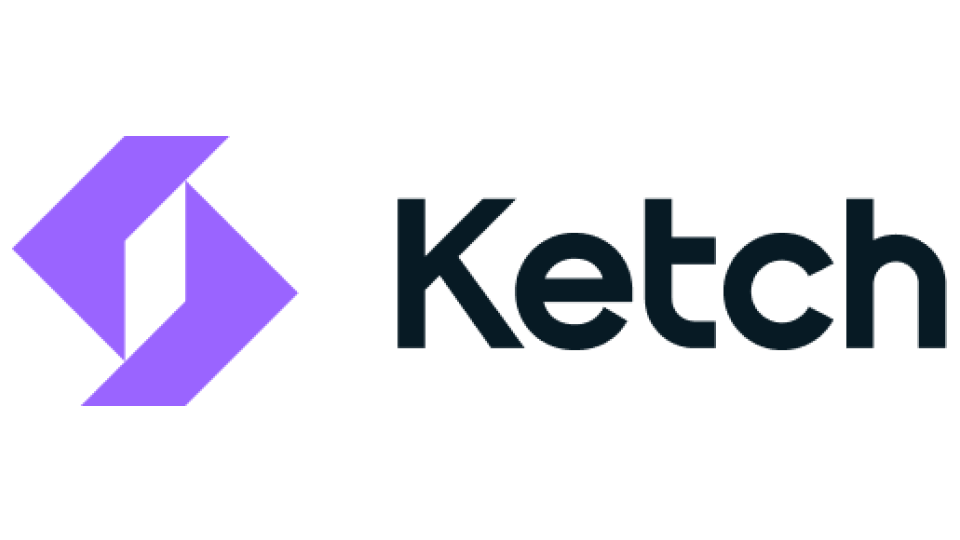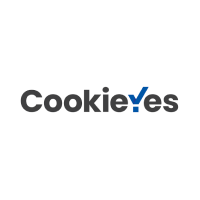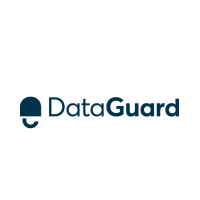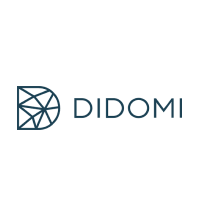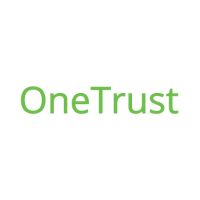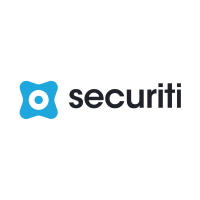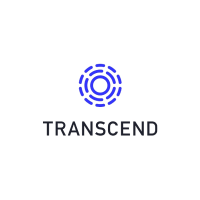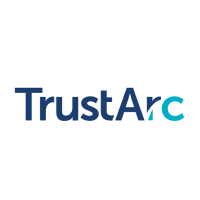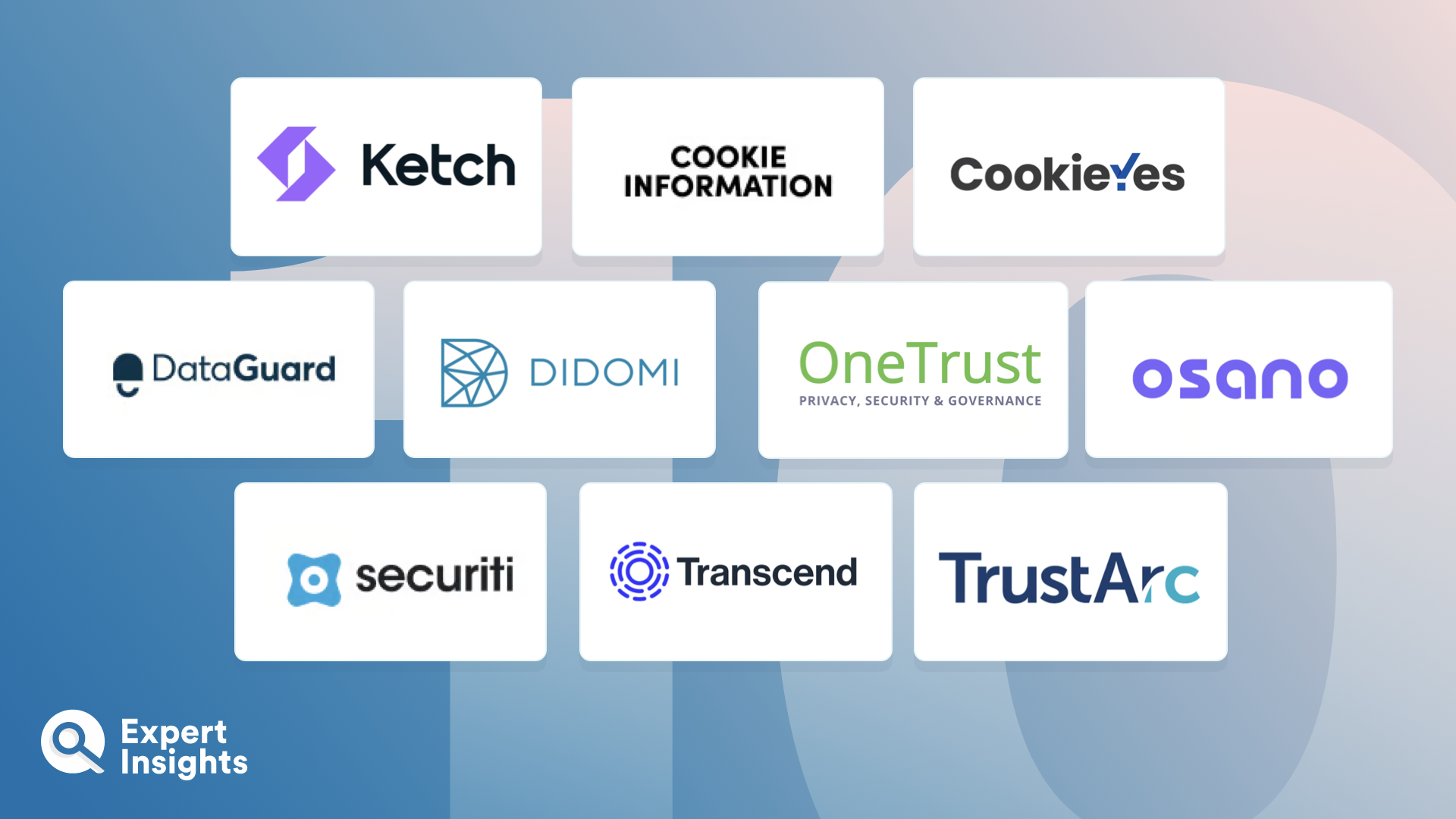Everything You Need To Know About Cookie Consent Software (FAQs)
What Is Cookie Consent Software?
Cookie Consent software allows business to gain consent and preferences from users. In practice, cookie consent software powers the popups or pages that appear when you access a website, requiring users to submit their preferences.
It is important that organizations gain consent from users, otherwise they may be breaching laws and user trust. Europe’s GDPR regulation requires that non-essential cookies must only be activated once a user has given explicit consent.
Cookie consent solutions are designed to balance the need to be clear and concise, explaining the purpose and nature of each cookie, without frustrating or negatively impacting a user’s experience. They will be designed to maximise cookie consent, whilst allowing users to decline if they wish.
This type of solution will feed information back to an organization regarding which cookies are accepted, and the rates that they are rejected. This can result in altering the wording or way that cookie permission is sought.
What Is A Cookie?
A cookie is a small packet of data that helps to identify your device. Within this, cookies have many specific functions and uses. They are designed to optimize and improve the browsing experience.
For example, browser cookies can be used to manage browser sessions. They can store individual login credentials, as well as specific preferences and interests. On a clothes website, for instance, they may store your sizing or style interest, ensuring that you have a tailored browsing experience. They are also used to ensure that you only see targeted adverts, based on your search history. Customized advertising is, probably, the most well-known use of cookies.
How Do Cookie Consent Solutions Work?
Cookie Consent solutions give admins granular control over the customization and deployment of their cookie consent requests. This allows them to add specific brand images and text, ensuring that a consent request form fits with marketing and branding criteria.
Consent requests are built from a templates that adheres to common regulations and laws, such as GDPR, CCPA, LGPD, ePrivacy Directive, and IAB TCF v2.0. By selecting one of these presets, admins can ensure that their consent form adheres to all legal requirements. This means that organization’s do not have to spend additional time cross checking their content and policies with legal obligations and requirements.
A form can then be deployed to a site, allowing users to select the option that is most appropriate for them. Statistics and rates can be recorded and sent back to admin teams. From here, they can assess acceptance rates and decide if there is a better way of seeking consent. Some platforms offer A/B testing to identify the most effective methods within their sector.
What Features Should You Look For In Cookie Consent Software?
When selecting a cookie consent solution, there are several factors and features that are worth keeping in mind.
- Customization – Your solution should allow you to customize the branding, content, and mode of seeking consent. This will allow you to ensure the popup is in keeping with the rest of your company branding. It will also allow you to trial different text and formats to identify the most effective means of seeking consent.
- Regulations – Your solution should have a range of common and popular compliance frameworks built in, allowing you to ensure that you adhere to all obligations and requirements. When these requirements are inbuilt, you can save time and be sure that your consent requests are legally compliant.
- Reporting – Your cookie consent platform should generate specific and relevant reports regarding consent rates. These reports can be used to inform how you deploy your consent requests, allowing you to improve rates.
- Easy Revocation – If users cannot revoke their consent easily, it will not be compliant with many laws, including GDPR. Rather than a useful feature to have, this aspect is non-negotiable.
- Geographical Awareness – This is linked into customization and regulations. For organization’s operating in multiple territories, there may be different regulations governing how they operate and what needs to be encompassed in cookie consent requests. While you may decide to have a blanket cookie consent policy that complies with all of these frameworks, you should also be able to tailor your service to see specific confirmation depending on location.
What Are Some Of The Most Common Compliance Frameworks / Regulations?
There is an, almost, limitless number of compliance frameworks depending on your location, sector, and size. For some organizations, there may be different frameworks governing different aspects of your organization or process.
- GDPR – General Data Protection Regulation, this compliance framework applies to organizations operating within the EU
- CCPA – California Consumer Privacy Act, this applies to for-profit companies, operating in California with a gross annual revenue in excess of $25 million
- LGPD – Brazilian General Data Protection Law, covers customers living within Brazilian territories
- ePrivacy Directive – this is a EU legislation that governs data protection and pricacy in the digital age
- IAB TCF v2.0 – Internet Advertising Bureau Transparency & Consent Framework, this is relevant for targeted advertising and user specific content
- PIPL – Personal Information Protection Law, this applies to organizations operating in China



